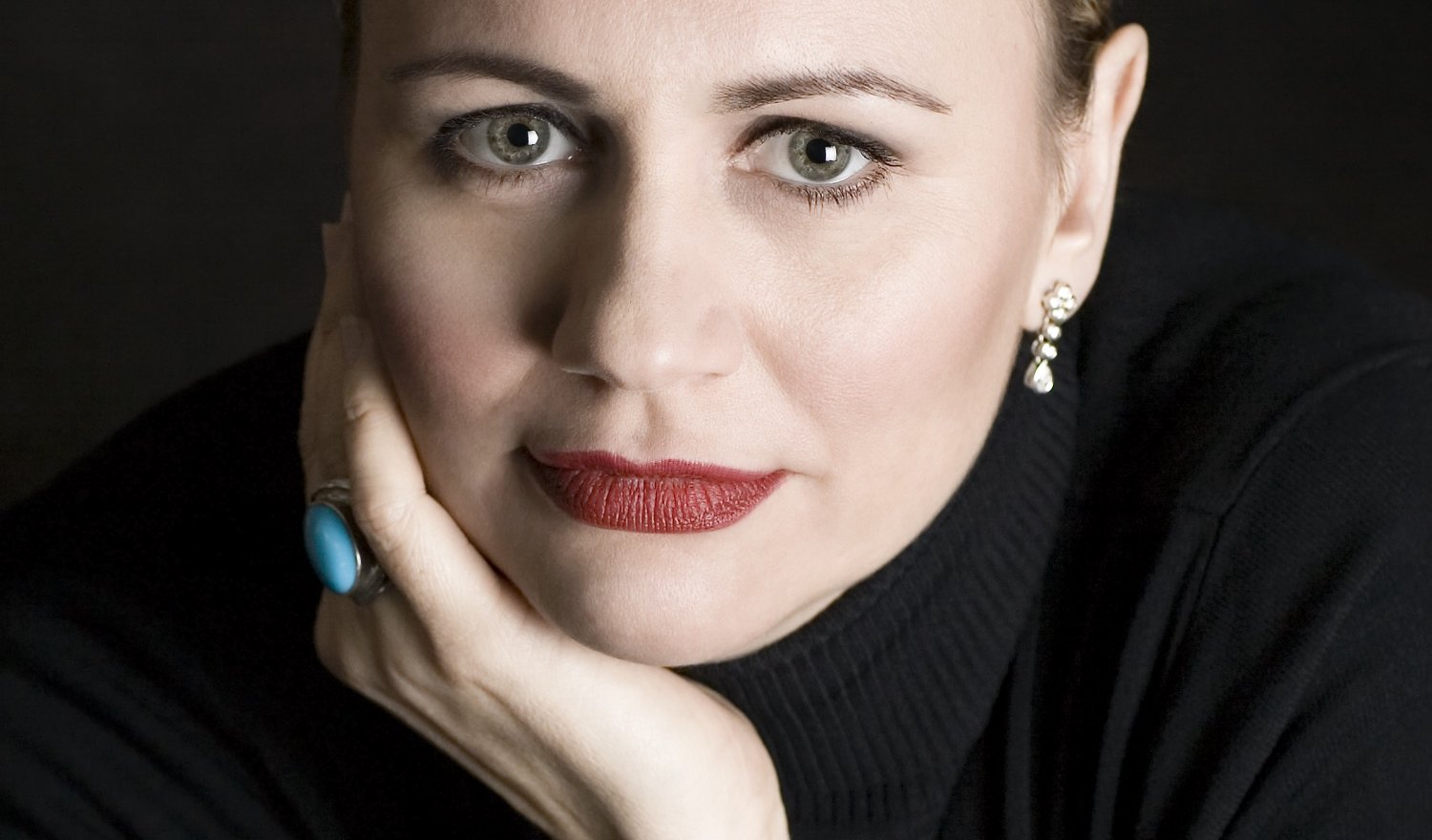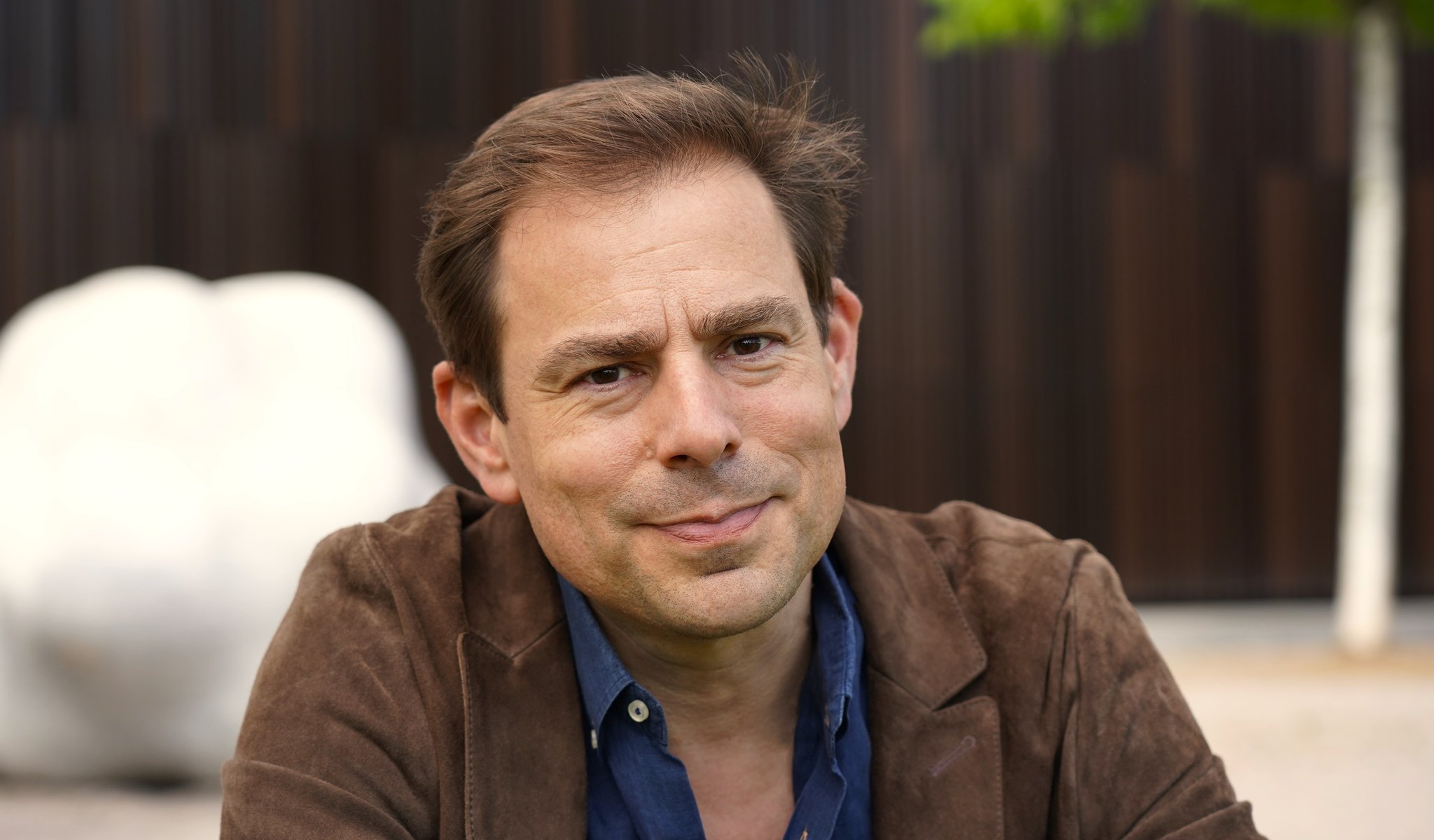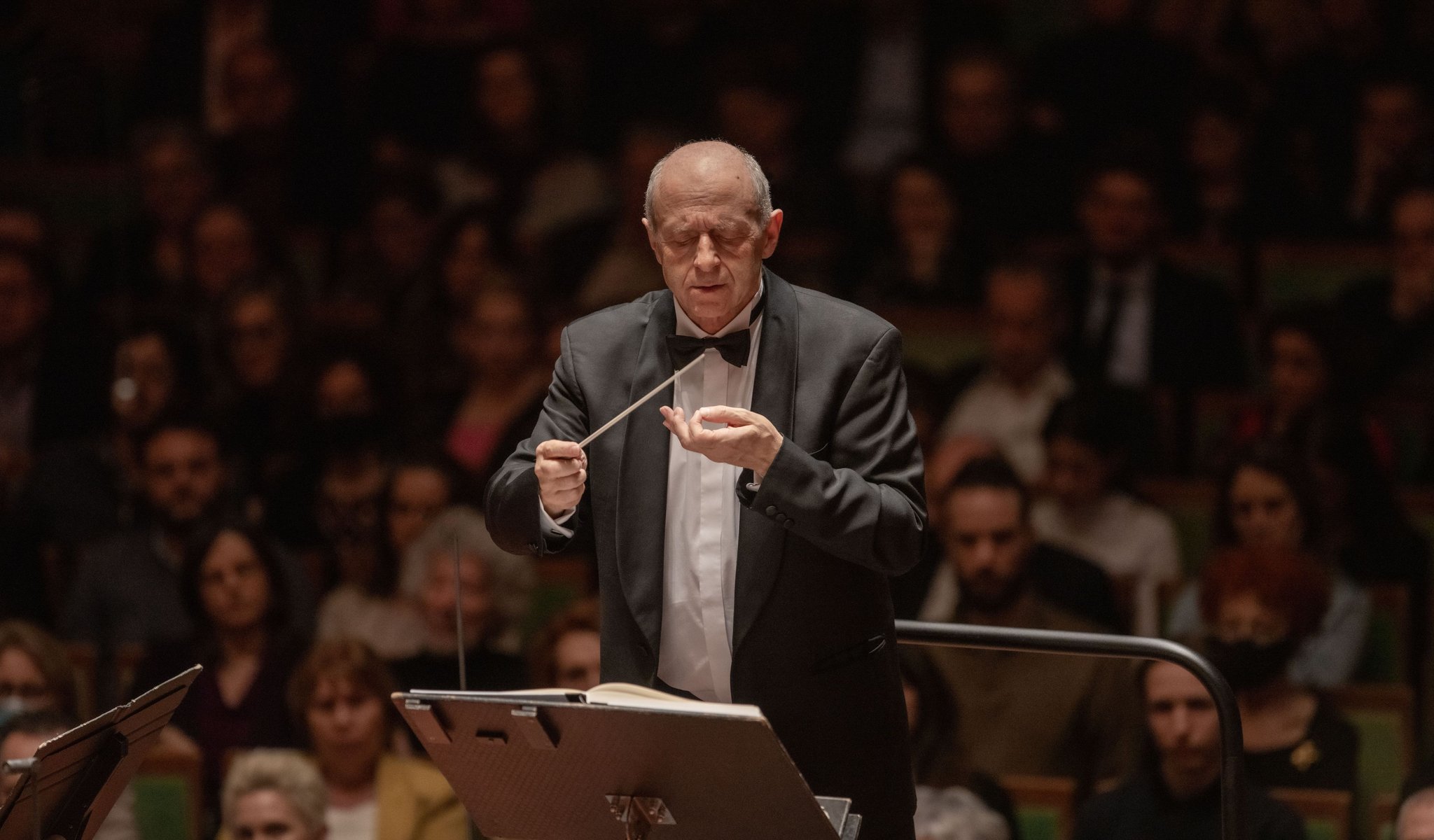


Orchestral concert: Schumann, Wagner
Kampe, Müller-Brachmann, Fischer
Program
Featuring
Other information
The event is about 2.5 hours long.
About the event
The BFO takes a musical trip to the banks and into the depths of the Rhine when offering Schumann’s symphony inspired by some pleasant experiences and a Wagner scene. The former commemorates a peaceful riverside excursion to the Rhine, and the latter is one of the most famous scenes from the monumental opera tetralogy, The Ring of the Nibelung. The concert will feature two outstanding German singers in the roles of Brünhilde and Wotan. Anja Kampe has sung Brünhilde in a number of major opera houses from Vienna to Berlin to Sydney. Her recording of Die Walküre received the ECHO Klassik award in 2013 for best opera album of the year. In the role of the leader of the gods, audiences can welcome the return of Hanno Müller-Brachmann, who was described by a New York Times reviewer as “a singer with a firm, dark and exciting voice”.
Schumann’s appointment as musical director in Düsseldorf helped him recover from a difficult period in his life. After a pleasant trip with his wife around his new home in the Rhineland, his experiences inspired him to write a symphony entitled “A Piece of Life in Rhineland”. Though he later retracted the program, the epithet “Rhenish” stuck. Although Schumann's symphony is numbered as the third, it was actually the fourth he completed. Conducted by the composer at its 1851 premiere, the piece received mixed reactions from contemporary audiences. The nature music of the first movement opening with a heroic theme is followed by a moderately paced movement with a ländler and a drinking song, which is a mixture of a Scherzo and the variation form. This is followed by a slow movement exuding calm with static harmony and understated orchestration without timpani and brass winds. Schumann inserted an additional movement before the finale. The solemn, archaistic music inspired by the Cologne Cathedral and called the “Cathedral” movement, is infused with trombones. The piece concludes with a light dance-like finale, bringing back the cheerful atmosphere of the opening movement.
The Ring of the Nibelung is a unique achievement in the history of opera. Not only is the total length of the four operas in the cycle monumental, but the conception and the composer’s versatile contribution are equally astounding. Wagner not only composed the music for the tetralogy but also wrote its libretto. He created the universe of the Ring from medieval legends, Norse myths, and other tales, and developed a revolutionary musical language for it. He abandoned the system of self-contained numbers in favor of act-long units and endless melodies. Through the leitmotif technique, he was able to allude to characters, objects, events and emotions, invoking both the past and the future. Wagner had his own theater built in Bayreuth, designed to meet the unique acoustic and technical demands of the production. The second instalment of the opera tetralogy, Die Walküre, is often performed independently, as its plot stands well on its own. Brünnhilde, the Valkyrie, disobeys her father Wotan's orders and, in a duel, saves Siegmund, who has been condemned to die. The leader of the gods intervenes, kills the boy, puts his own daughter into an enchanted sleep and in the middle of a wall of fire, from which only a fearless man may rescue her. The scene known as the Magic Fire is the most lyrical and emotional part of the opera and a captivating piece of music both vocally and symphonically.
Did you know? Schumann’s Symphony premiered in Düsseldorf on February 6, 1851, with the composer himself conducting. Wagner's opera Die Walküre premiered in Munich on June 26, 1870, with Franz Wüllner conducting. The BFO most recently performed the Symphony on February 27, 2021 (conductor: Gergely Madaras); it most recently performed Scene 3 of Act 3 on August 16, 2009 in Lübeck (soloist: Petra Lang, Juha Uusitalo, conductor: Iván Fischer)
Contemporary events: In September 1851, the first secondary school final examinations were held in Hungary / Danish philosopher Søren Kierkegaard’s book entitled On My Work as an Author was published in 1851 / Italian composer Giuseppe Verdi’s opera Rigoletto premiered in Venice on March 11, 1851 / American author Herman Melville published his novel Moby-Dick; or, The Whale in 1851 / The Franco-Prussian War commenced with the declaration of war by France in 1870 / Mór Jókai’s novel Black Diamonds was published in 1870 / Russian composer Pyotr Tchaikovsky’s fantasy overture Romeo and Juliet premiered in Moscow on March 16, 1870 / French artist Edgar Degas created his painting The Dance Class in 1870